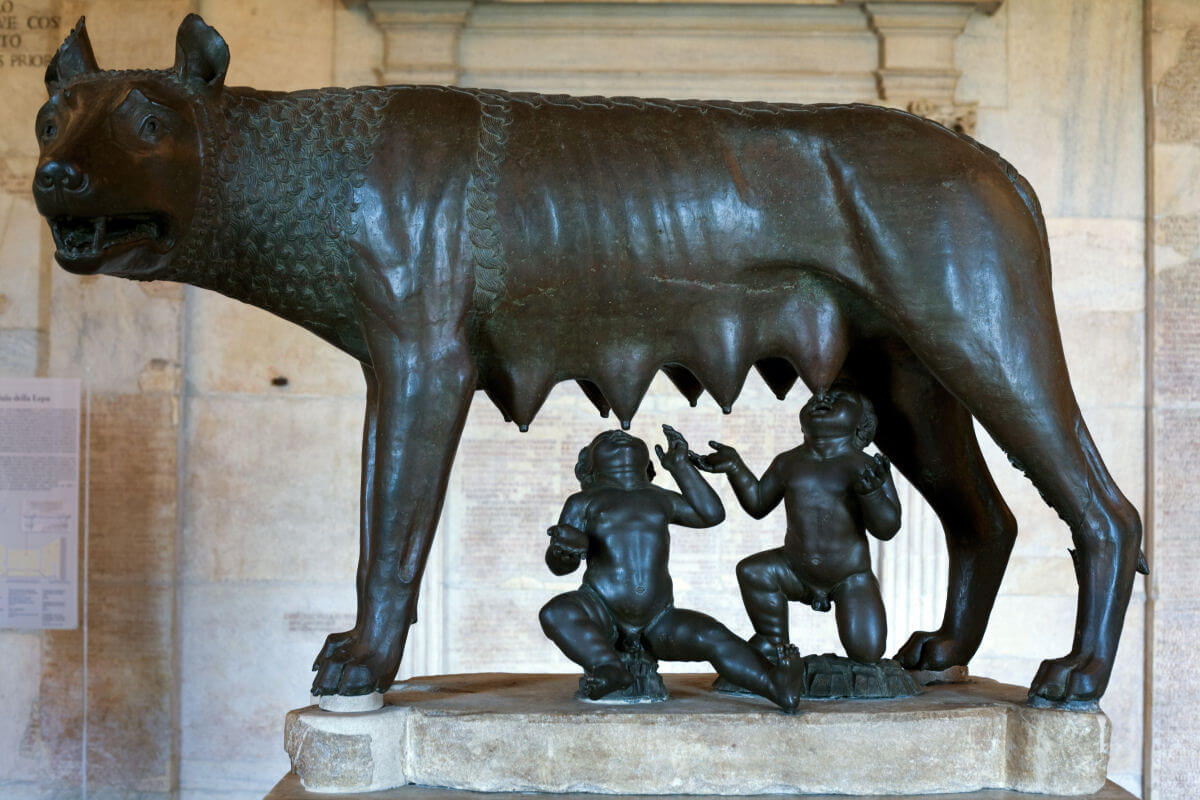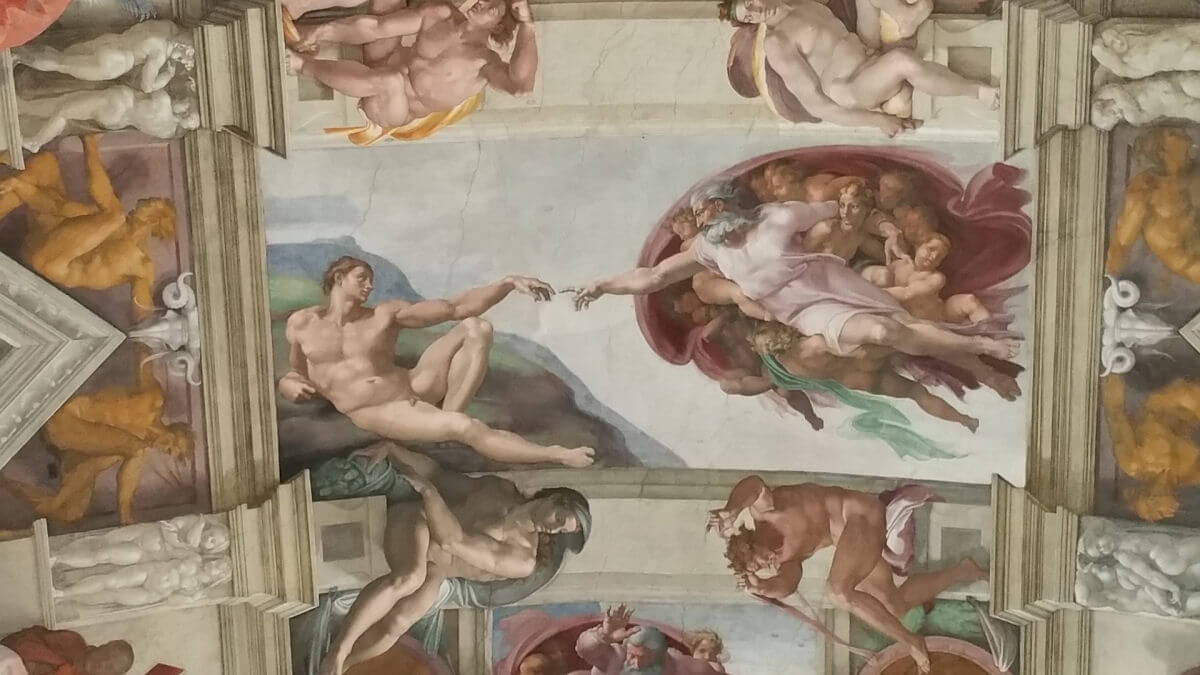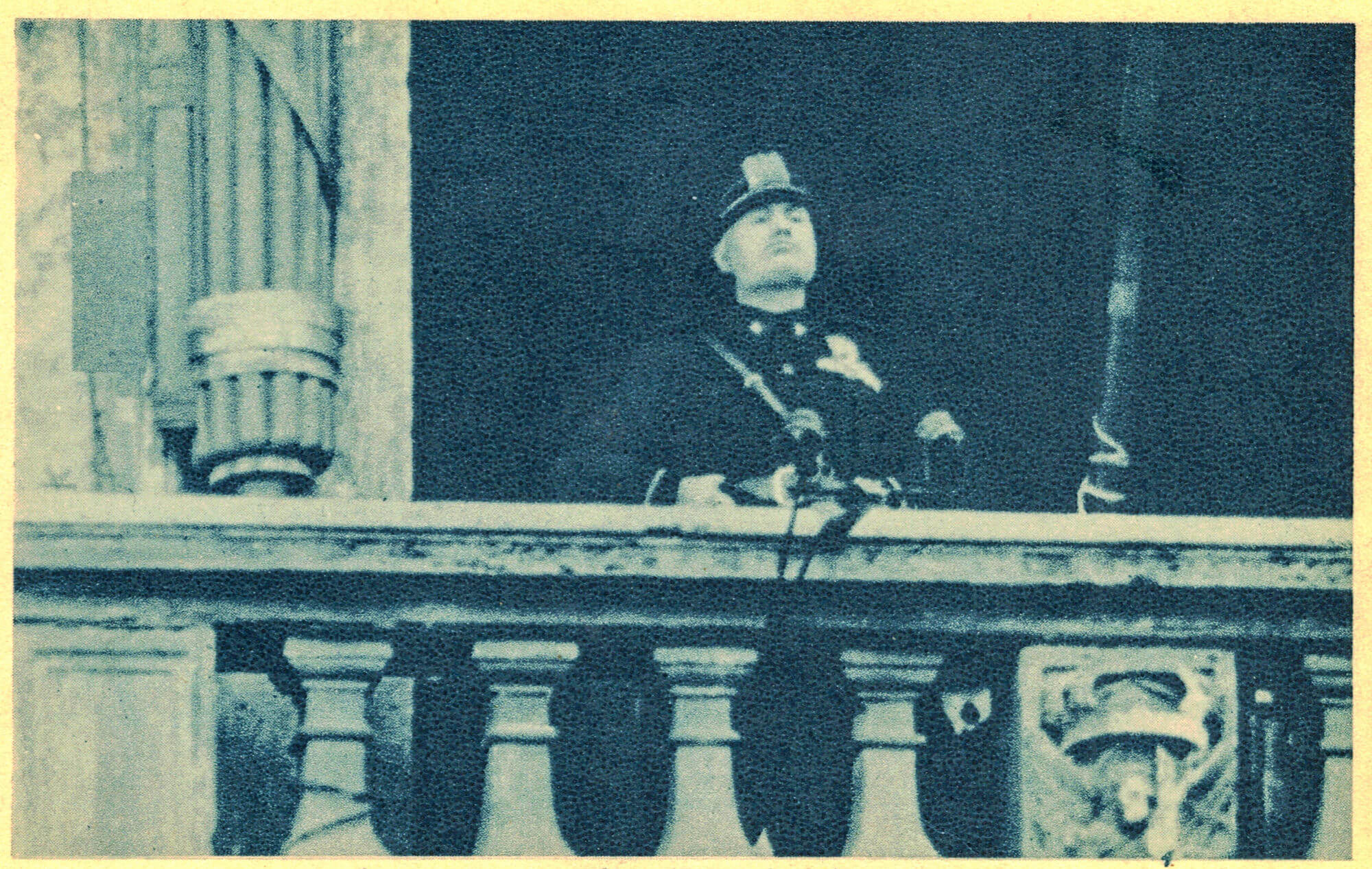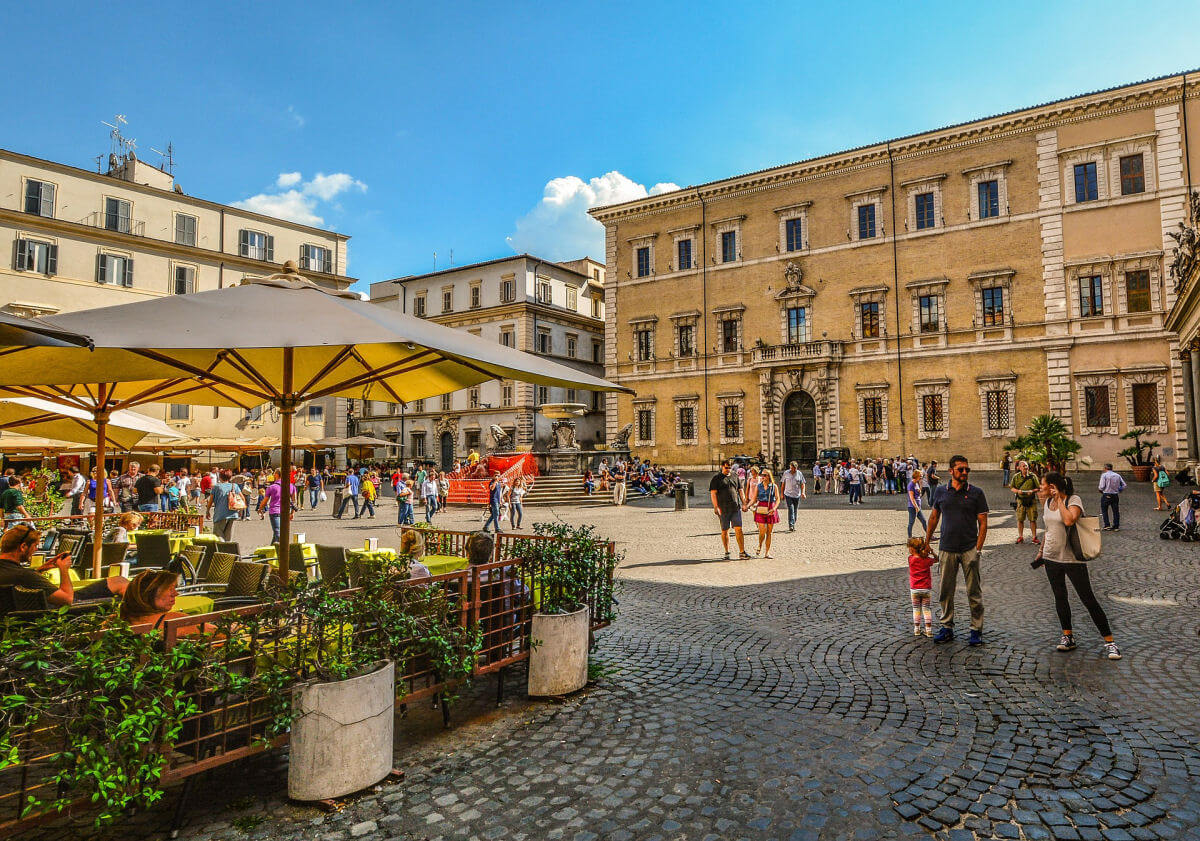
Introduction
The city of Rome, known as Roma in Italian, has a long and rich history that spans millennia. From its humble beginnings as a small settlement on the banks of the River Tiber, Rome has grown to become a major center of power, culture, and influence.
Today, Rome is a vibrant and modern city, with a rich cultural heritage. Not only is it a home and place to work for many people, but is also visited by millions of tourists each year who travel from all over the world just to experience everything that the city has to offer.
Founding of Rome

According to legend, Rome was founded by the twins Romulus and Remus in 753 BC. The twins were the sons of the god Mars and a mortal woman named Rhea Silvia. They were abandoned in a basket on the banks of the Tiber River and were raised by a she-wolf, until they were found and taken in by a shepherd.
When they grew up, they decided to found a city on the spot where they had been abandoned, around the areas that would become known as the Palatine Hill and Capitoline Hill.
Related Page: Romulus and RemusHowever, the true origins of Rome are much more complex and are the subject of much debate among historians. It is likely that Rome was founded by a group of Indo-European settlers who arrived in the region around the Tiber River in the 9th or 8th century BC. These settlers likely came from the north, possibly from the region of modern-day France or Germany.
Related Page: The Founding of RomeThe Roman Period

The Roman period is unquestionably the most well-known and recognizable part of Rome's history. During this time, Rome became a major power in the Mediterranean world, ultimately conquering and ruling over a vast empire that stretched from modern-day Britain to Egypt and North Africa.
The Roman Republic was founded in 509 BC, after the Romans overthrew their Etruscan rulers. The Roman Republic was a federalist system in which power was shared between the Roman Senate and the Roman Assembly. The Republic was known for its system of checks and balances, which helped to prevent any one group or individual from gaining too much power, as had previously been the case with the monarchy.
During the Roman Republic, Rome became a major trading center and acquired a large and diverse empire, sometimes through negotiation and persuasion, but also through military conquest. The Romans were skilled military strategists, and their mighty legions were able to defeat and conquer many other civilizations, including the Gauls, the Greeks, and the Carthaginians.
Related Page: Punic Wars and Expansion
The period of the Roman empire began in 27 BC, when Rome ceased to be a Republic, and was instead ruled solely by an emperor. It was a centralized autocracy in which the emperor, the first being Emperor Augustus, had absolute power. During this Imperial period, the Roman empire was divided into provinces, each of which was ruled by a governor appointed by the emperor.
While their were inevitably ups and downs during the long period of time which spanned both the Republic and Imperial periods, in the main the city of Rome and the other provinces of the empire generally experienced a period of prosperity and cultural flourishing.
The Romans built a network of roads, aqueducts, and other infrastructure projects that helped to support the growth of the empire. They also developed a system of law that became the basis for the legal systems that are still in use in much of the Western world.
The Middle Ages and Renaissance Period

After the fall of the Roman Empire in the 5th century AD, Rome entered a period of decline and was ruled by a series of barbarian invaders. In the 8th century AD, Rome was conquered by the Lombards and became part of the Kingdom of Italy.
The subsequent centuries would see the city of Rome and its inhabitants caught between rival factions and individuals including the papacy, the Byzantines, the Holy Roman Empire, and even being sacked by the Normans in 1084.
On 17 January 1377, Pope Gregory XI reinstate the Holy See back to Rome from Avignon in France, where it had been for 70 years. Subsequent Popes played a major role in the cultural and political life of Rome during the Middle Ages and the Renaissance, commissioning many works of art and architecture and building up the city's political and economic power.
During this time, Rome experienced a resurgence of cultural and artistic activity, known as the Roman Renaissance. This period was marked by the construction of many new churches and other buildings, as well as the revival of classical learning.
One of the most famous Popes of this period was Pope Julius II, who reigned from 1503 to 1513. Pope Julius II was a patron of the arts and oversaw the construction of many important buildings in Rome, including the new St. Peter's Basilica and the Sistine Chapel. He was also a political leader, making alliances and engaging in wars to protect the interests of the Papal States.
The papacy reached the peak of its power during what is known as the ‘Baroque period’, named after the architectural style which flourished during this time, in the 18th century. After this, the reunification of Italian states into the Kingdom of Italy reduced the amount of land controlled by the Papal States. In 1861, Rome was declared the capital of Italy even though it was still under the control of the Pope, and in 1871 the capital of Italy was moved from Florence to Rome.
The Lateran Treaty of 1929 resolved "The Roman Question", as the dispute between the Papacy and the rulers of the rest of Italy had come to be known. The Holy See acknowledged Italian sovereignty over the former Papal States, and Italy recognized papal sovereignty over Vatican City. This is why Vatican City is still an independent sovereign state today, despite being located within the modern-day city of Rome (Related Page: The Basilica of St. John Lateran).
Rome Under Mussolini

In 1922, Italy was seized by the Fascist leader Benito Mussolini during the March on Rome, who ruled the country as a dictator until 1943. During this time, Rome was the capital of the Italian Fascist state and was the center of Mussolini's power.
Mussolini implemented a number of policies that had a significant impact on Rome. He launched a campaign of public works projects to modernize the city, including the construction of new roads, buildings, and public spaces. He also implemented policies to promote Italian nationalism and suppress opposition to his regime.
Despite these efforts, Mussolini's rule was marked by widespread corruption and abuse of power. Many Italians opposed his regime, and the Italian resistance movement actively worked to overthrow him. In 1943, Mussolini was deposed and arrested on the king’s orders.
Present-Day Rome

After the fall of Mussolini, Rome became the capital of the Italian Social Republic. In the post-war period, Rome experienced a period of rapid economic growth and urbanization, as well as a resurgence of cultural and artistic activity.
Today, Rome is a bustling metropolis with a population of over 2.8 million people. It is a major center of tourism, with millions of visitors coming each year to see its famous ancient landmarks and cultural attractions including the Colosseum, the Circus Maximus, and the Roman Forum to name but three.
The city is home to many museums, galleries, and cultural institutions, such as the Vatican Museums, the National Gallery of Modern Art, and the National Museum of Rome. It is also known for its vibrant food and wine scene, with many traditional trattorias and enotecas (wine bars) serving delicious Italian cuisine and local wines.
Rome is also a major center for fashion, with a number of high-end designer boutiques and shopping districts, such as Via dei Condotti and Via del Corso. Additionally, Rome is a popular destination for sports fans, with world-class soccer clubs such as AS Roma and SS Lazio, as well as numerous golf courses and other sporting facilities.
So whether you come for the history, the food and drink, the shopping, the sports, or indeed a mixture of all of them, there is plenty to be enjoyed by everybody who visits the city of Rome, which is why it continues to be one of the most popular tourist destinations on the planet.
Related Page: Rome Attractions



